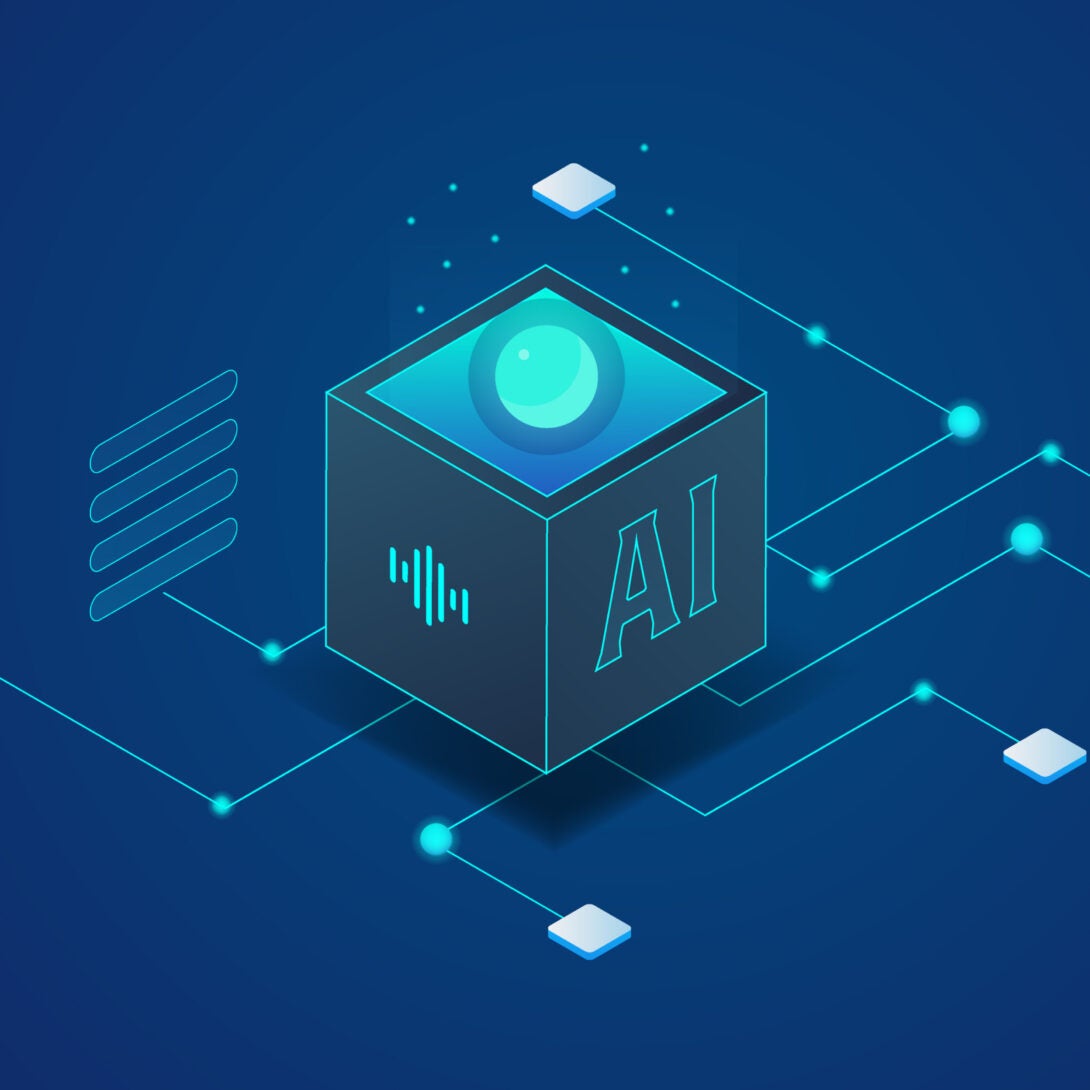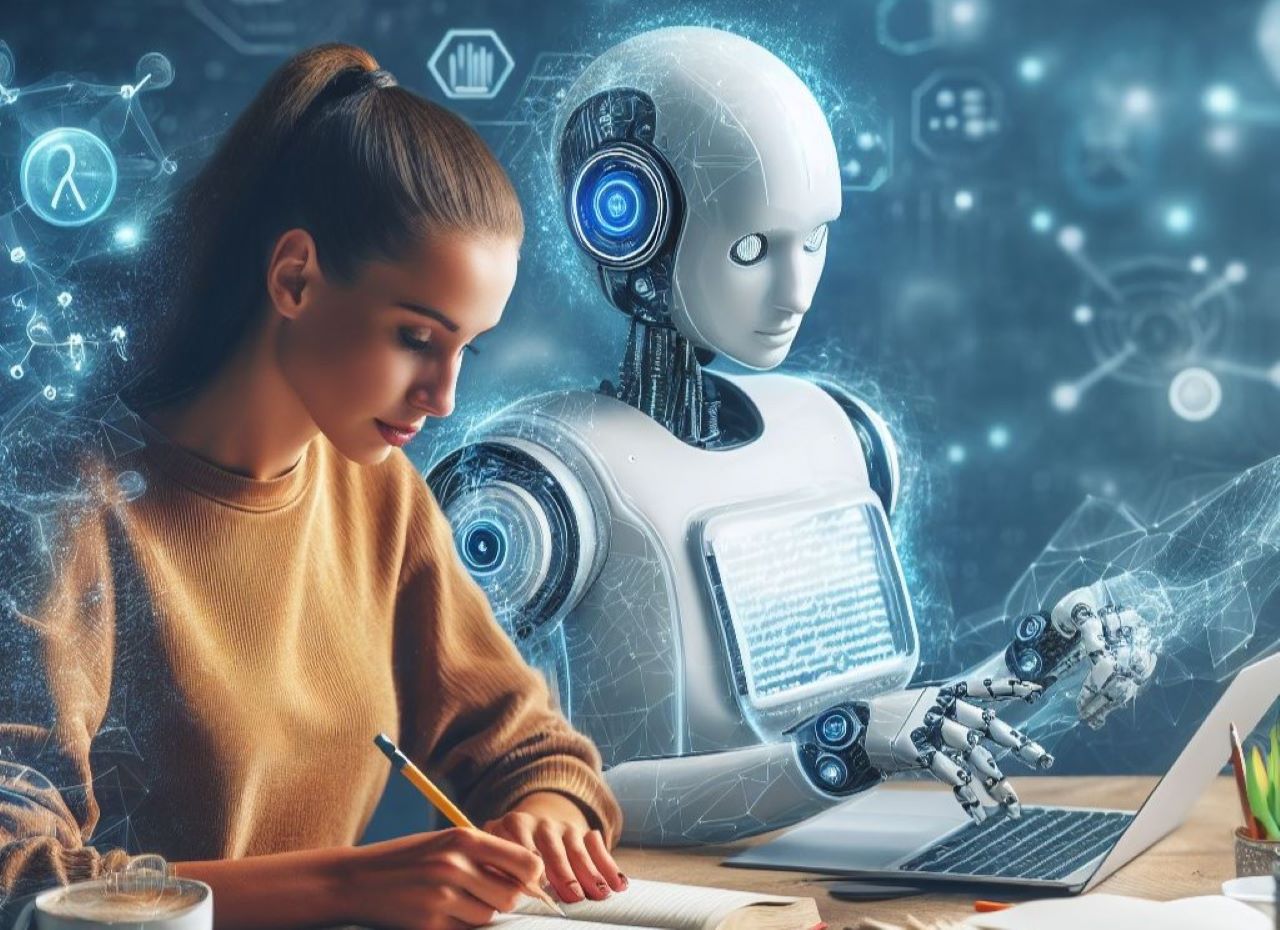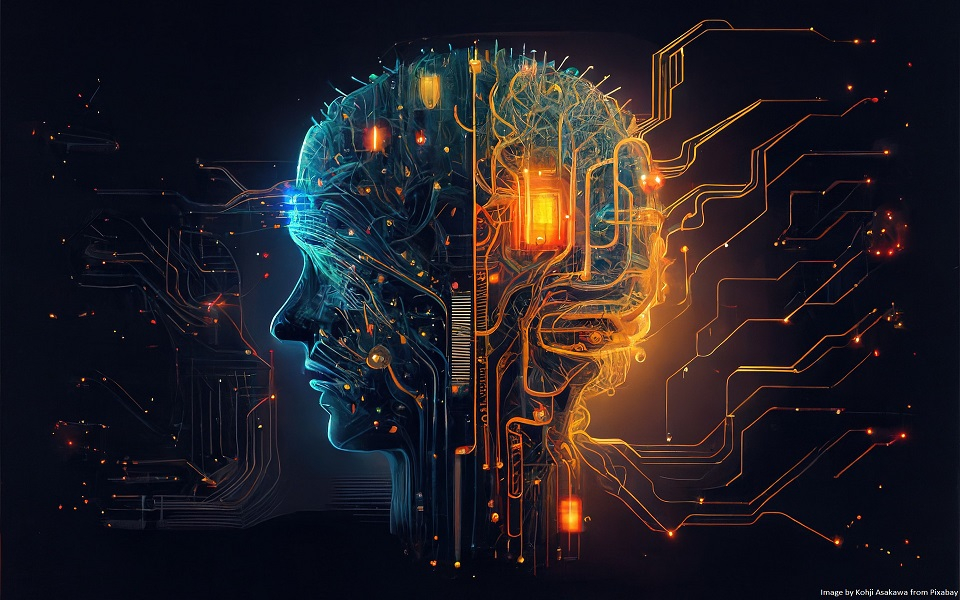
Technology is changing our world at an amazing pace! Its sweeping changes can be found all over and they can be referred to as both thrilling, and at the very same time terrifying. Although individuals in many parts of the world are still trying to come to terms with earlier technological revolutions together with their sweeping social and instructional ramifications - which are still unfolding, they have been woken up to the truth of yet another digital revolution - the AI transformation.

Artificial Intelligence (AI) technology describes the ability of a digital computer or computer-controlled robot to perform jobs that would otherwise have been performed by humans. AI systems are developed to have the intellectual processes that define humans, such as the capability to reason, find meaning, generalize or gain from previous experience. With AI innovation, vast quantities of info and text can be processed far beyond any human capability. AI can likewise be used to produce a huge range of new material.

In the field of Education, AI technology features the possible to allow new kinds of teaching, discovering and educational management. It can likewise boost learning experiences and assistance instructor tasks. However, in spite of its positive capacity, AI also presents substantial threats to trainees, the teaching neighborhood, education systems and society at big.
What are some of these risks? AI can minimize mentor online-learning-initiative.org and yogicentral.science discovering procedures to estimations and automated tasks in ways that devalue the role and impact of instructors and damage their relationships with students. It can narrow education to just that which AI can process, model and provide. AI can likewise aggravate the worldwide lack of certified instructors through disproportionate spending on innovation at the cost of financial investment in human capability advancement.
Using AI in education also develops some essential concerns about the capacity of teachers to act purposefully and constructively in determining how and when to make sensible use of this innovation in an effort to direct their professional development, find solutions to difficulties they deal with and enhance their practice. Such fundamental concerns consist of:
· What will be the role of instructors if AI technology end up being commonly implemented in the field of education?
· What will evaluations look like?
· In a world where generative AI systems seem to be establishing new abilities by the month, what abilities, outlooks and proficiencies should our education system cultivate?
· What changes will be required in schools and beyond to help trainees strategy and direct their future in a world where human intelligence and device intelligence would appear to have become ever more closely connected - one supporting the other and vice versa?
· What then would be the purpose or function of education in a world dominated by Expert system technology where humans will not necessarily be the ones opening new frontiers of understanding and understanding?
All these and more are daunting questions. They require us to seriously think about the issues that develop relating to the execution of AI innovation in the field of education. We can no longer simply ask: 'How do we get ready for an AI world?' We must go deeper: 'What should a world with AI look like?' 'What roles should this powerful technology play?' 'On whose terms?' 'Who decides?'
Teachers are the primary users of AI in education, and they are anticipated to be the designers and facilitators of students' learning with AI, the guardians of safe and ethical practice across AI-rich academic environments, and to serve as good example for long-lasting learning more about AI. To presume these duties, instructors need to be supported to establish their capabilities to leverage the prospective advantages of AI while mitigating its dangers in education settings and wider society.
AI tools must never be developed to replace the legitimate responsibility of teachers in education. Teachers ought to remain liable for pedagogical decisions in making use of AI in teaching and in facilitating its uses by trainees. For teachers to be liable at the practical level, a pre-condition is that policymakers, teacher education organizations and schools assume obligation for preparing and supporting instructors in the correct usage of AI. When introducing AI in education, legal securities need to likewise be developed to secure instructors' rights, and long-lasting financial commitments need to be made to ensure inclusive access by teachers to technological environments and standard AI tools as essential resources for adapting to the AI period.
A human-centered technique to AI in education is critical - an approach that promotes essential ethical and

practical principles to assist manage and direct practices of all stakeholders throughout the whole life cycle of AI systems. Education, given its function to safeguard in addition to facilitate advancement and knowing, has a special obligation to be totally familiar with and responsive to the risks of AI - both the known dangers and those only simply coming into view. But too frequently the dangers are disregarded. Using AI in education for that reason requires mindful factor to consider, including an evaluation of the developing functions teachers need to play and the competencies required of instructors to make ethical and reliable usage of Artificial Intelligence (AI) Technology.
While AI provides chances to support instructors in both mentor as well as in the management of finding out processes, meaningful interactions between instructors and trainees and human growing should stay at the center of the instructional experience. Teachers should not and can not be replaced by innovation - it is vital to secure instructors' rights and make sure adequate working conditions for them in the context of the growing usage of AI in the education system, in the work environment and in society at large.





